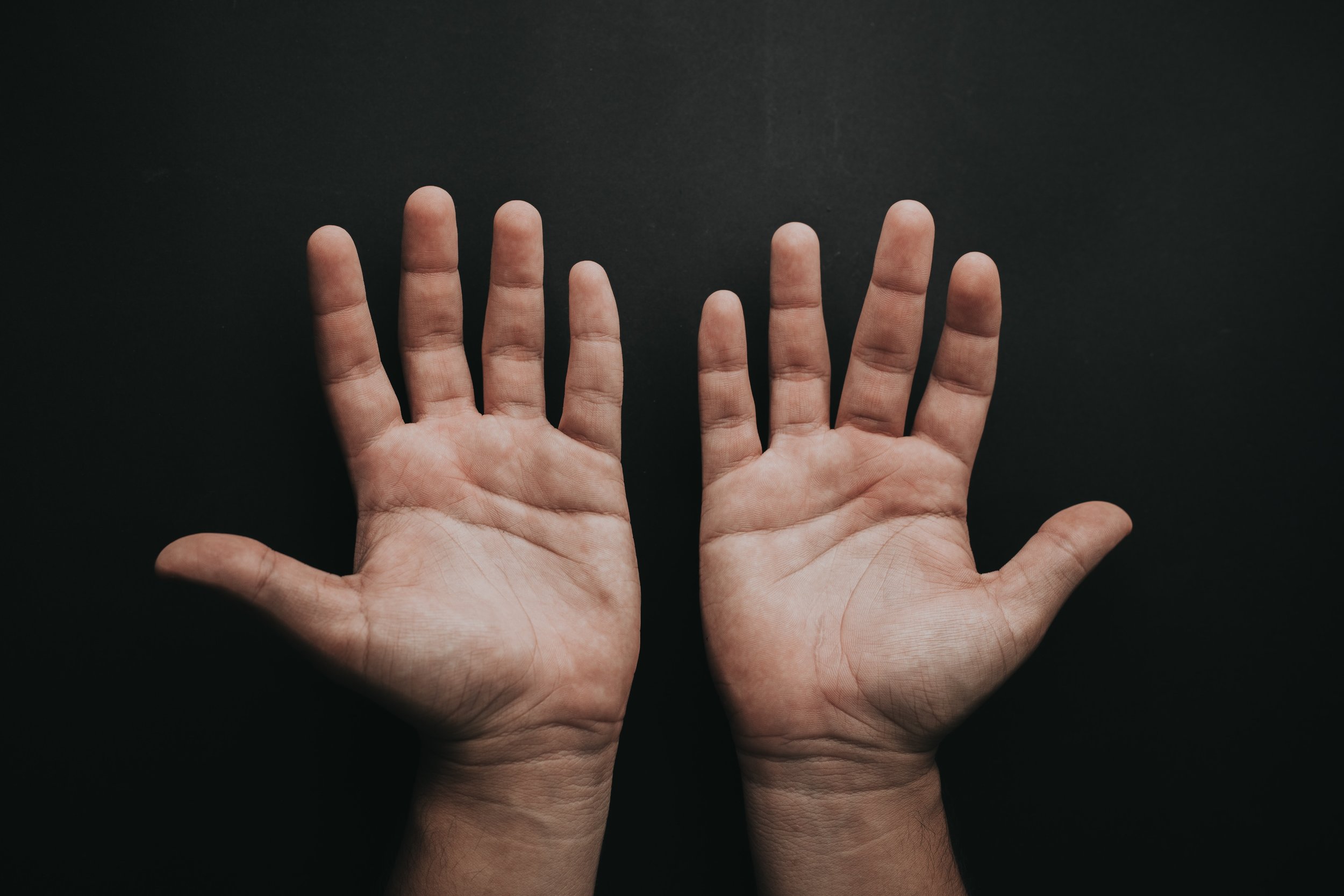Finger Clubbing and Lung Cancer
This post may contain affiliate links. For more info, please click here.
This post was originally published on the MyLungCancerTeam.
For more writing samples, please visit my Muck Rack portfolio.
Finger clubbing — which includes swelling of the fingertips and changes to the appearance of fingernails — is a common symptom of lung cancer: Around 80 percent of people with finger clubbing have lung cancer. Sometimes called “clubbed fingers,” finger clubbing may run in families as a harmless trait. It may also be an indication of heart, liver, or other lung disorders.
This article will cover what finger clubbing looks like, its causes, and when to see your health care provider.
What Does Finger Clubbing Look Like?
People with finger clubbing may have:
Bulging fingertips
Soft nail beds with fingernails that don’t look firmly attached
Fingernails that angle sharply at the cuticle (base of the fingernail)
Fingernails that curve downward around the fingertips
Finger clubbing usually occurs slowly, so you may not initially notice it’s happening.
If you do see anything early on, it may be reddening and softening of the nail bed (the soft skin underneath your nails). If you touch your nails, they might also feel spongy.
Eventually, your nails will have a downward curve and a shiny appearance. You might also notice an enlargement of your fingertips.
How Can I Check for Finger Clubbing?
Since clubbed fingers can take many years to develop, it may be hard to notice. You can check for the Schamroth sign to see if your fingers have become clubbed.
Checking for the Schamroth sign entails placing the nails of both index fingers together up to the last joint as if you’re forming the top of a heart shape. You should be able to see a diamond-shaped window of space form between your nails and the joints closest to your fingertips. If you don’t see this space, then you might have finger clubbing.
What Causes Finger Clubbing?
In 80 percent of cases of clubbed fingers, lung cancer is the cause. It may be linked to low oxygen, which can occur in lung cancer and other conditions. In lung cancer, finger clubbing is thought to be associated with excessive amounts of growth factors that encourage the growth of blood vessels.
However, some lung cancer treatments and comorbidities (other health conditions you may have at the same time) can also contribute to nail or finger changes.
Lung Cancer Treatments and Finger Clubbing
Some lung cancer treatments may cause nail or finger changes. Some of these may look similar to finger clubbing, but they’re not symptoms of finger clubbing.
The following are some medications used to treat lung cancer that can cause nail changes and swelling of your fingertips:
Albumin-bound paclitaxel (Abraxane)
Cisplatin (Platinol)
Docetaxel (Taxotere)
Doxorubicin (Adriamycin)
Erlotinib (Tarceva)
Gemcitabine (Gemzar)
Methotrexate (Trexall)
Osimertinib (Tagrisso)
Paclitaxel (Taxol)
Lung Cancer Comorbidities and Finger Clubbing
Some comorbidities of lung cancer are linked to clubbed fingers. Some of these other medical conditions include:
Infective endocarditis (heart infection)
Chronic lung infections, such as bronchiectasis or cystic fibrosis
Other infections, such as HIV
Liver disease
Other cancers such as liver cancer or Hodgkin lymphoma, a type of blood cancer
How Lung Does Finger Clubbing Last?
Finger clubbing can be a temporary or a long-term symptom depending on what’s causing it. If it’s caused by a health condition, treating the condition may reverse the finger clubbing. If finger clubbing is the result of a chronic condition or cancer, clubbing may be long term or permanent.
What Does Finger Clubbing Tell Your Health Care Provider?
Clubbed fingers typically don’t require treatment, but it’s good to let your health care provider know if you develop this symptom since clubbed fingers can be connected to serious medical conditions.
If you notice a downward curve in your fingernails and swelling in your fingertips, notify your health care provider, who will physically examine your fingers. They may ask about other symptoms and order some blood and lab tests to diagnose or rule out health conditions that may be causing clubbed fingers.
ABOUT THE AUTHOR:
You know how barriers may sometimes prevent people from meeting their goals? If you have any barriers that are making it difficult to reach your goals, there is a way to overcome these obstacles with personalized consultations and services tailored to your unique needs.
Ross is the founder of Off Script Consults and director of the PharmacyChecker international verification program. She has years of experience practicing pharmacy in various settings, which she uses to help colleagues by offering career coaching and business consulting. She is a board certified clinical pharmacist, who provides personalized health consultations. Ross is also a medical writer and reviewer with a focus on digital health publications and medical communications. Please refer to the About page for more disclosure information.
To book a discovery meeting, please use her calendar link.



